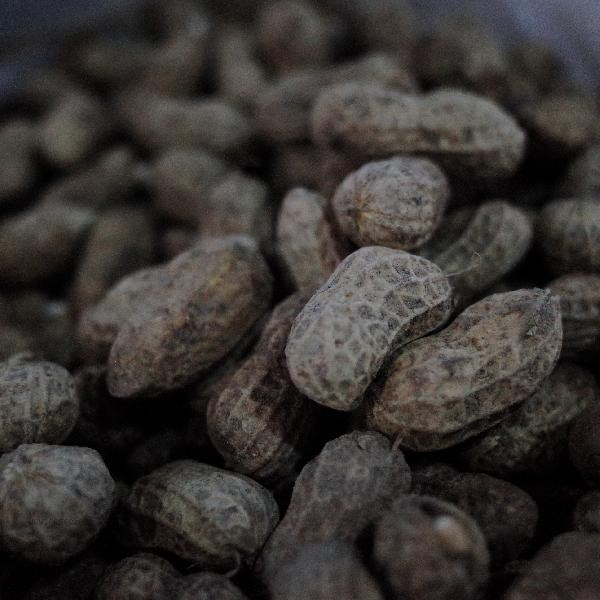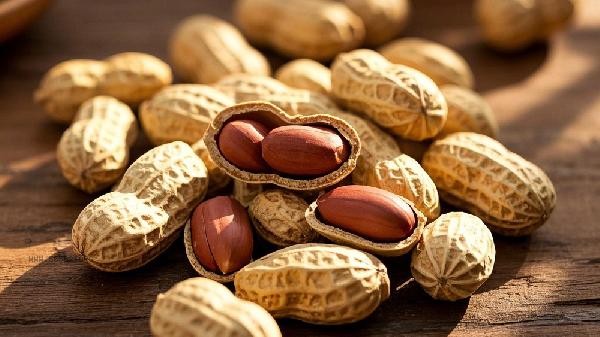The key to cooking salty peanuts lies in the penetration of salt and cooking methods. There are mainly methods such as soaking pretreatment, controlling the salt ratio, extending the cooking time, pairing seasonings and spices, and adjusting the heat technique.

1. Soaking pretreatment
Soaking dried peanuts in light salt water in advance can accelerate the penetration of salty taste. Wash the peanuts and soak them in 3% concentrated salt water for more than 6 hours. The salt enters the interior of the nuts through the micropores on the skin. After soaking, the volume of peanuts expands, making it easier to absorb the salt in the soup during cooking, avoiding a situation where the outside is salty and the inside is weak. Pay attention to refrigeration and soaking during high temperatures in summer to prevent spoilage.
2. Control the salt ratio
It is recommended to use 15-20 grams of salt per 500 grams of peanuts, and the water should completely cover the peanuts. High concentration salt water will hinder water infiltration. You can boil it at 5% salinity first and then reduce the heat to slow boil. During the process, add salt in stages to adjust the saltiness. Coarse salt or sea salt is more likely to adhere to the folds of peanuts than refined salt. After cooking, soak for 2 hours to evenly distribute the salty taste.
3. Extend cooking time
After boiling on high heat, turn to low heat and continue simmering for more than 40 minutes, keeping the water surface slightly boiling. Long term heating softens the cell wall of peanuts, and salt ions gradually enter the kernels through osmotic pressure. If bamboo sticks can easily penetrate peanuts, it means they are ripe. If you don't immediately remove them after turning off the heat, use the remaining heat to continue absorbing salt. This method can make the salty taste reach the core.

4. Pairing with seasoning spices
Adding spices such as star anise and cinnamon in synergy with salt can enhance the salty aroma. The volatile components in spices promote the loosening of peanut tissues and help with salt diffusion. Recommend adding 2 star anises and 1 cinnamon to every 500 grams of peanuts, and boiling them in a pot with salt. Note that spices should be packed into yarn bags to avoid residue, and diabetes patients should reduce the use of spices.
5. Adjusting the heat technique
Controlling the heat in stages can make the salty taste evenly distributed. In the early stage, high heat allows the peanut skin to quickly absorb salt, while in the middle stage, turning low heat allows the interior to slowly enter the flavor. In the later stage of juice harvesting, opening the lid allows water to evaporate and concentrate the salty taste. Using a thick bottomed pot for more even heating, flipping the pot appropriately during cooking to prevent sticking, and reducing the final juicing step is recommended for people with high blood pressure.

When cooking salted peanuts, it is recommended to choose fresh and plump seasonal peanuts. Moldy peanuts can produce aflatoxin, which needs to be strictly removed. After cooking, drain the water and let it cool. Seal and refrigerate for no more than 3 days. When consumed, pairing with potassium rich vegetables such as celery and carrots can help balance sodium intake. People with weak gastrointestinal function should control their single consumption within 50 grams to avoid excessive salt stimulation of the gastric mucosa. If long-term storage is required, it can be frozen and no salt should be added during reheating to avoid excessive saltiness.








Comments (0)
Leave a Comment
No comments yet
Be the first to share your thoughts!